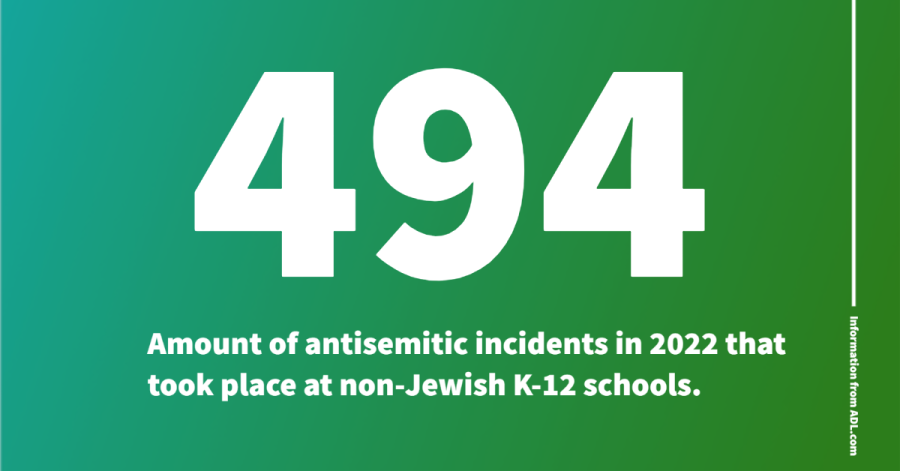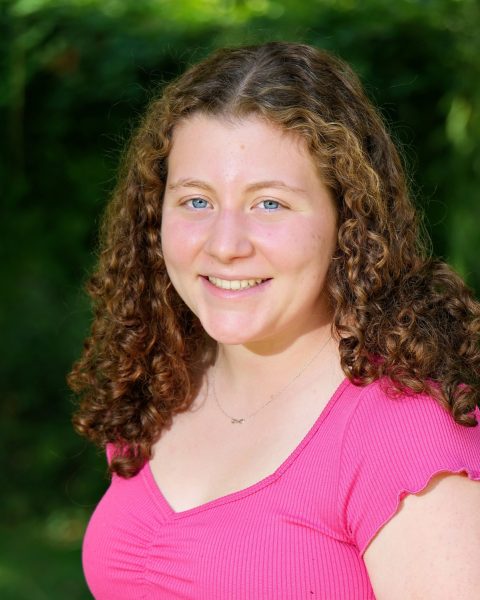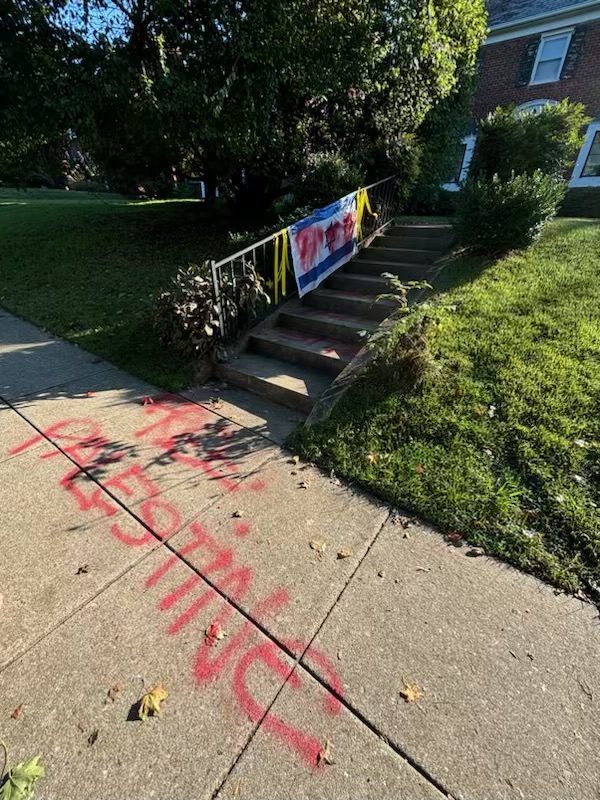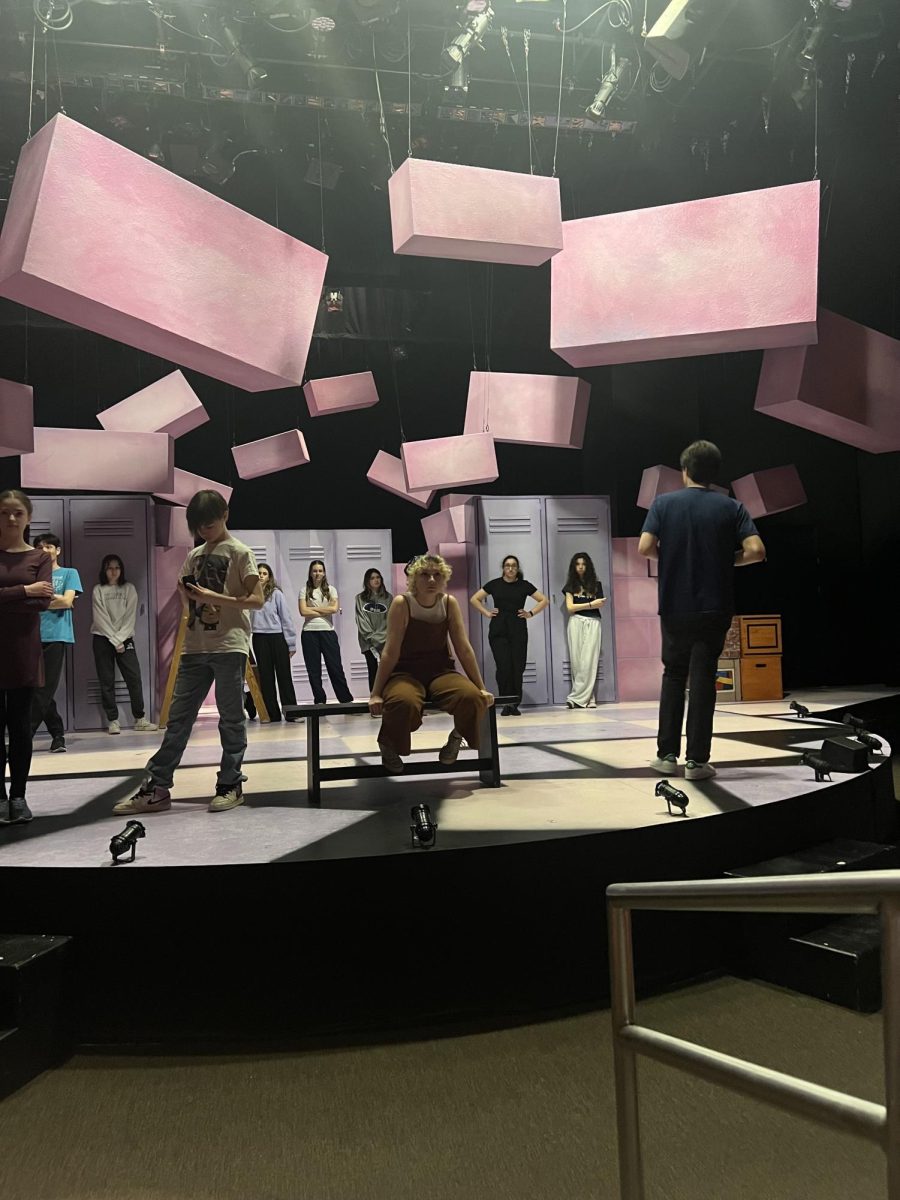How students can take a stand against antisemitism
In recent years, antisemitic incidents in schools have exponentially surged.
May 5, 2023
Almost every day, I open my phone to see another report of an antisemitic attack. However, whenever I hear concerns about antisemitism, I rarely hear suggestions on how to combat antisemitism among high school students.
Antisemitism in the United States rose by 36% in 2022, with 3,697 reported cases, the highest it has been since Anti-Defamation League (ADL) began tracking it in 1979. Antisemitism continues to be an issue, but while you might believe these acts of hatred are out of a high school student’s control, students can take many small steps to combat it.
A survey done by the American Jewish Committee (AJC) in 2020 reported that almost half of Americans have never heard of or do not know the meaning of the word antisemitism. Although many factors lead to antisemitism, ignorance is a significant one.
To raise awareness of antisemitism, some JDS students participate in the Student-to-Student program run by the Jewish Community Relations Council (JCRC), in which Jewish juniors and seniors lead lectures at non-Jewish schools in the area. The goal of the program is to teach non-Jewish students about the rituals and practices of Judaism and about the dangers of antisemitism. It is especially touching for students to learn from people their age as they can feel more connected and empathetic toward the issue.
ADL, AJC and JCRC are just three organizations that work to advocate, educate and combat antisemitism, but many more do similar work. Donating to organizations that do work like this is an easy and quick way to make a difference.
Participating in formal programs is not the only way to educate others on antisemitism. Small actions within your community can be just as effective. For example, during Purim, my family makes sure to give both our Jewish and non-Jewish neighbors mishloach manot. We always receive so much gratitude from our neighbors, but this also has a more significant impact; we are giving our neighbors a new appreciation of the religion.
Even in social settings, there are steps we can take. According to the ADL, verbal harassment was the most reported type of antisemitism in 2022. Verbal harassment can consist of antisemitic slurs, stereotyping and conspiracy theories. When you feel a joke about Jews has been taken too far, speak up so people are more aware of the impact of their words.
It can be all too easy to feel overwhelmed and depressed by the recent rise in antisemitism. However, if we do not take direct action to combat it, we cannot expect to see a change. Whether you take five minutes to donate money to a Jewish organization or hours to plan a presentation for Student to Student, I urge you to take action.










